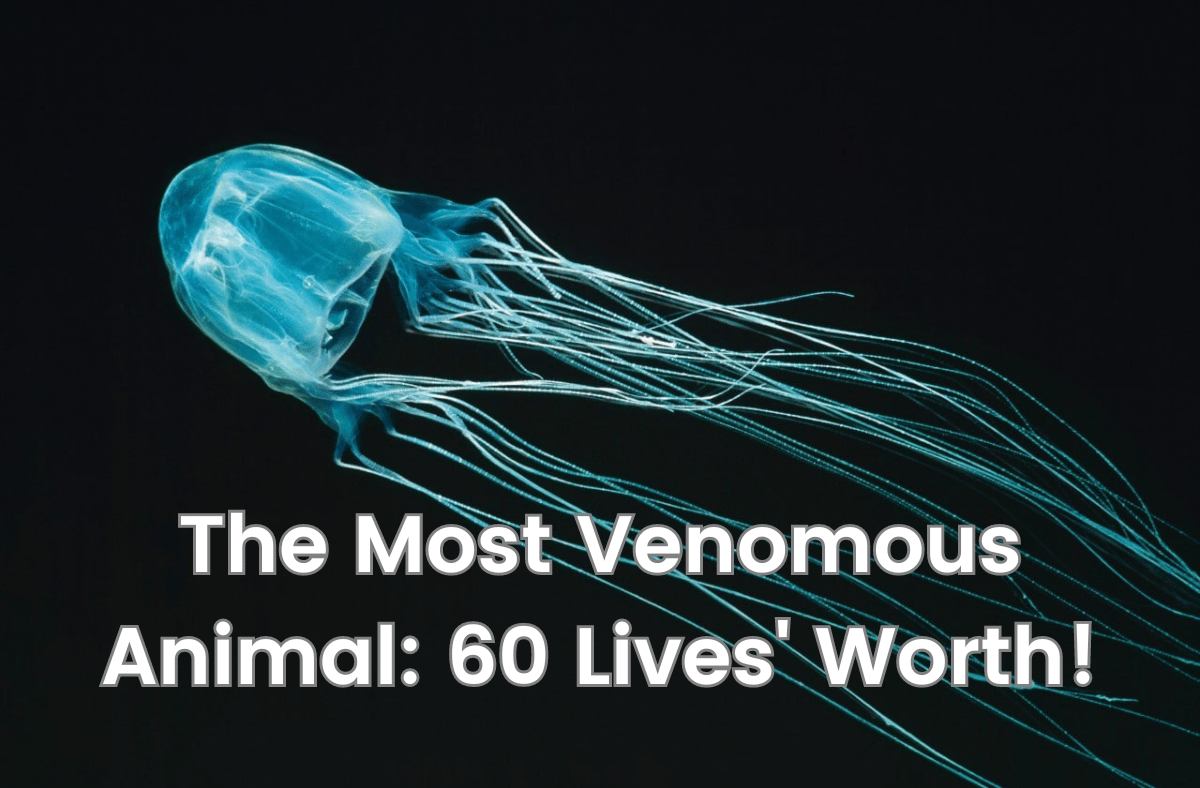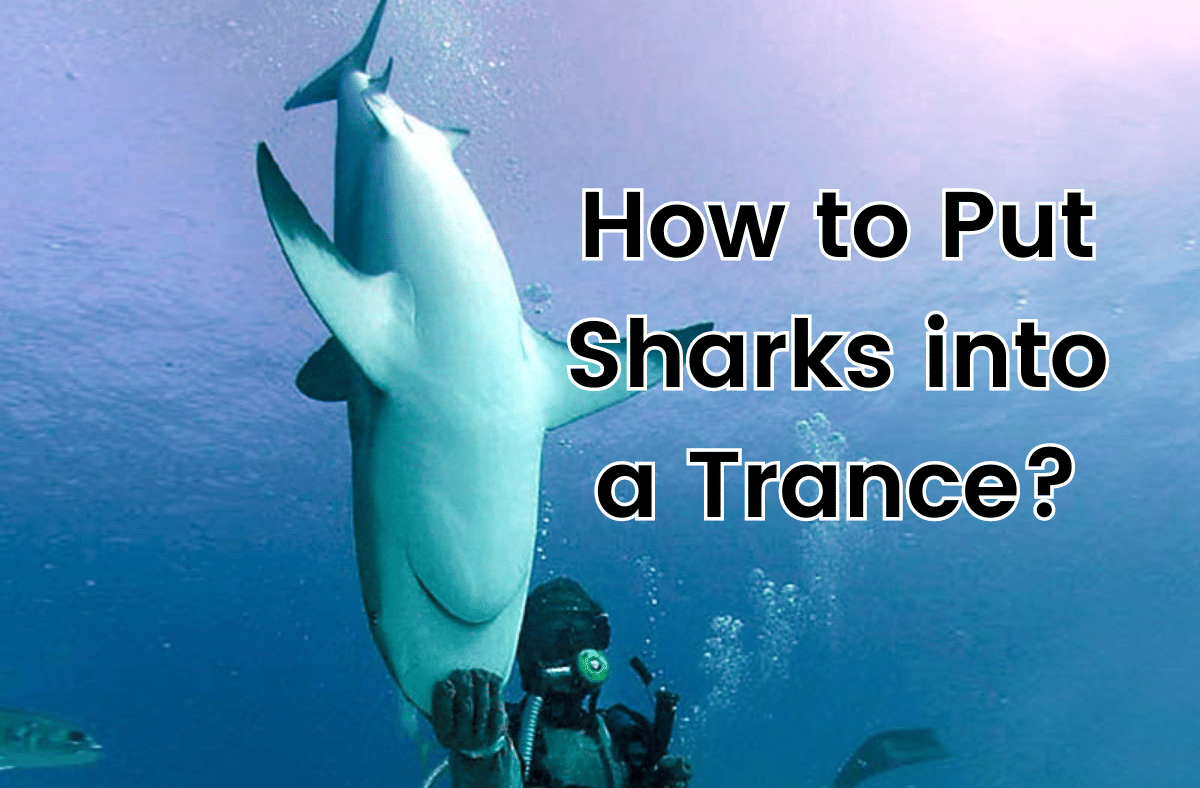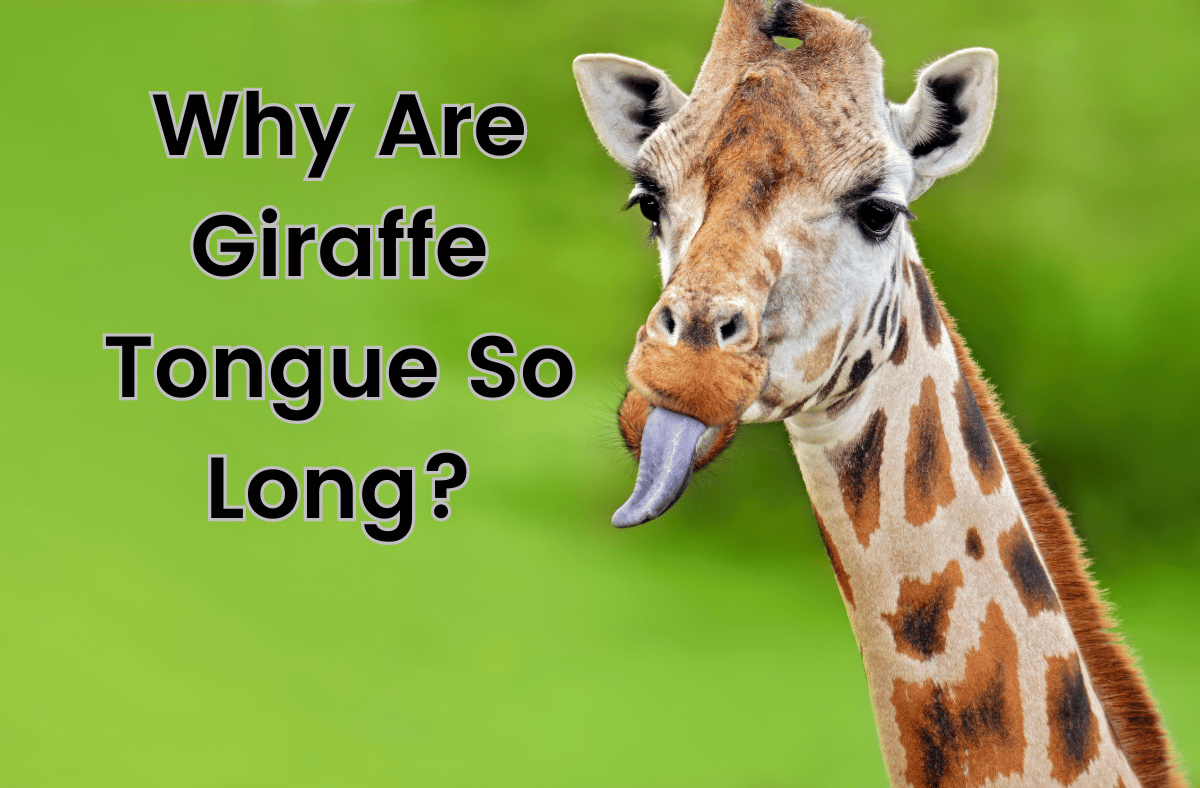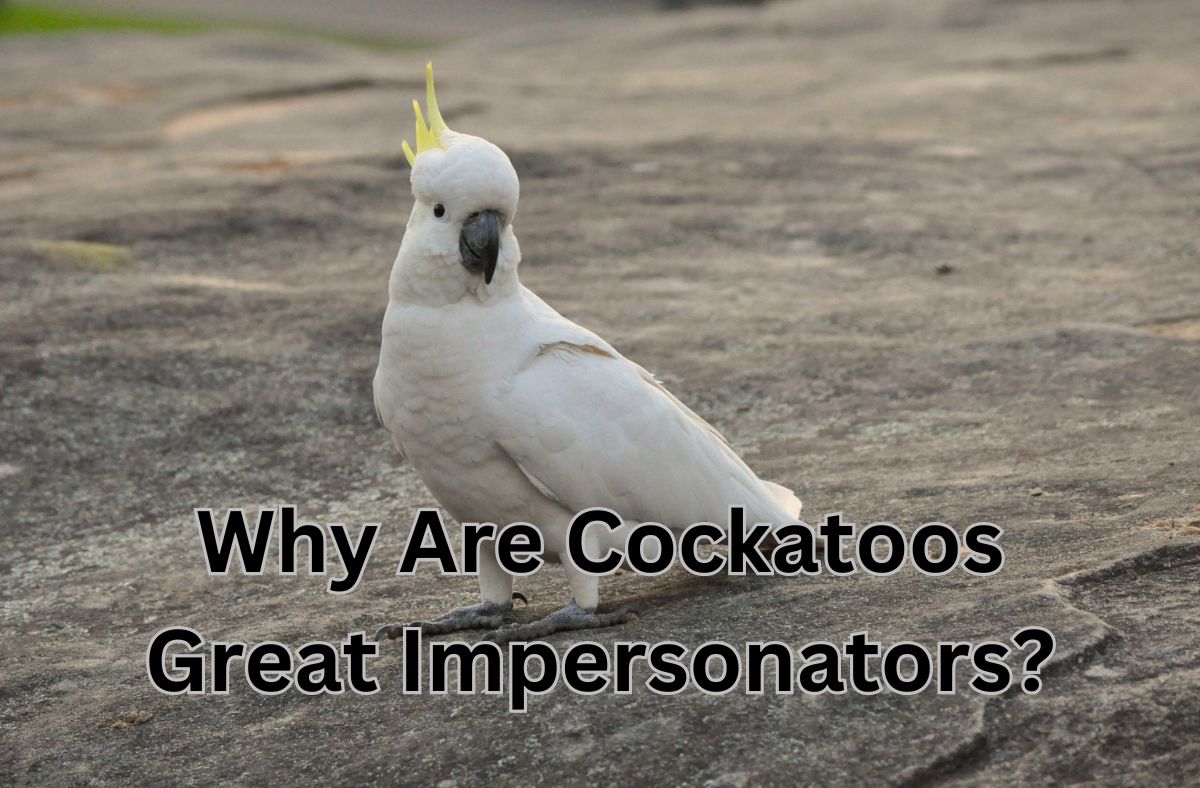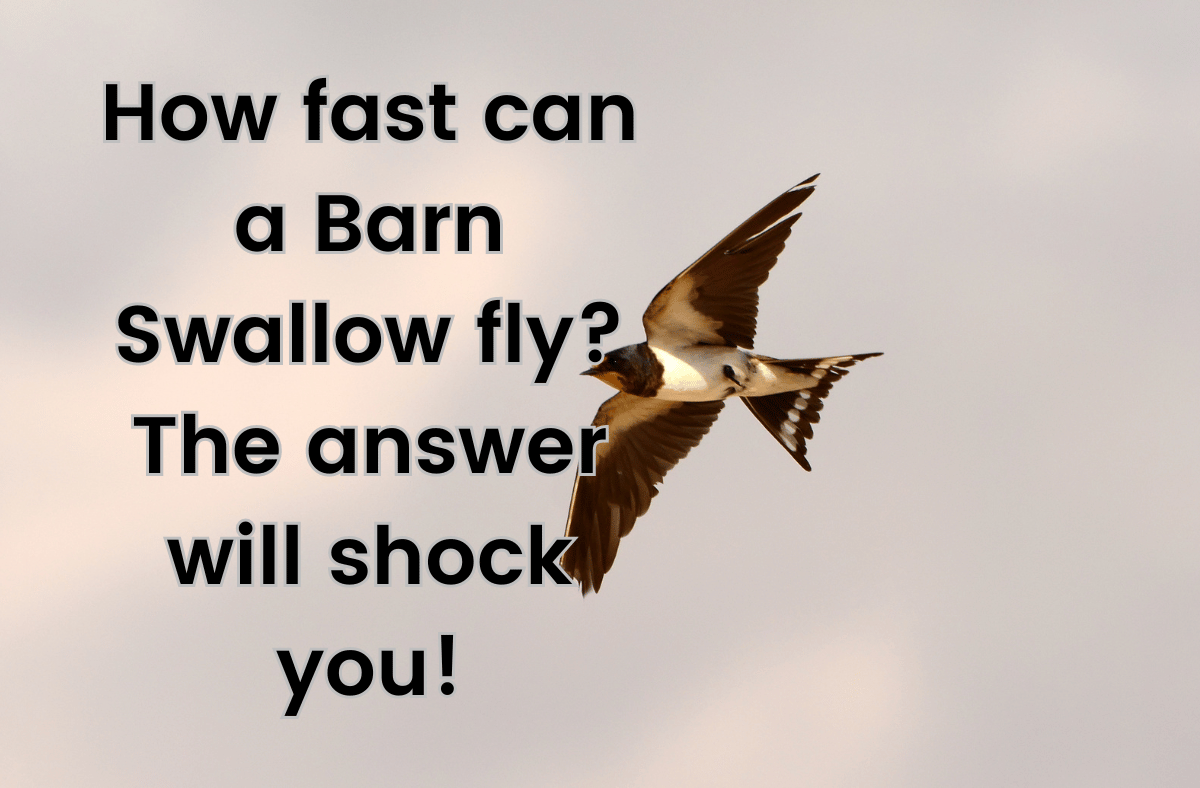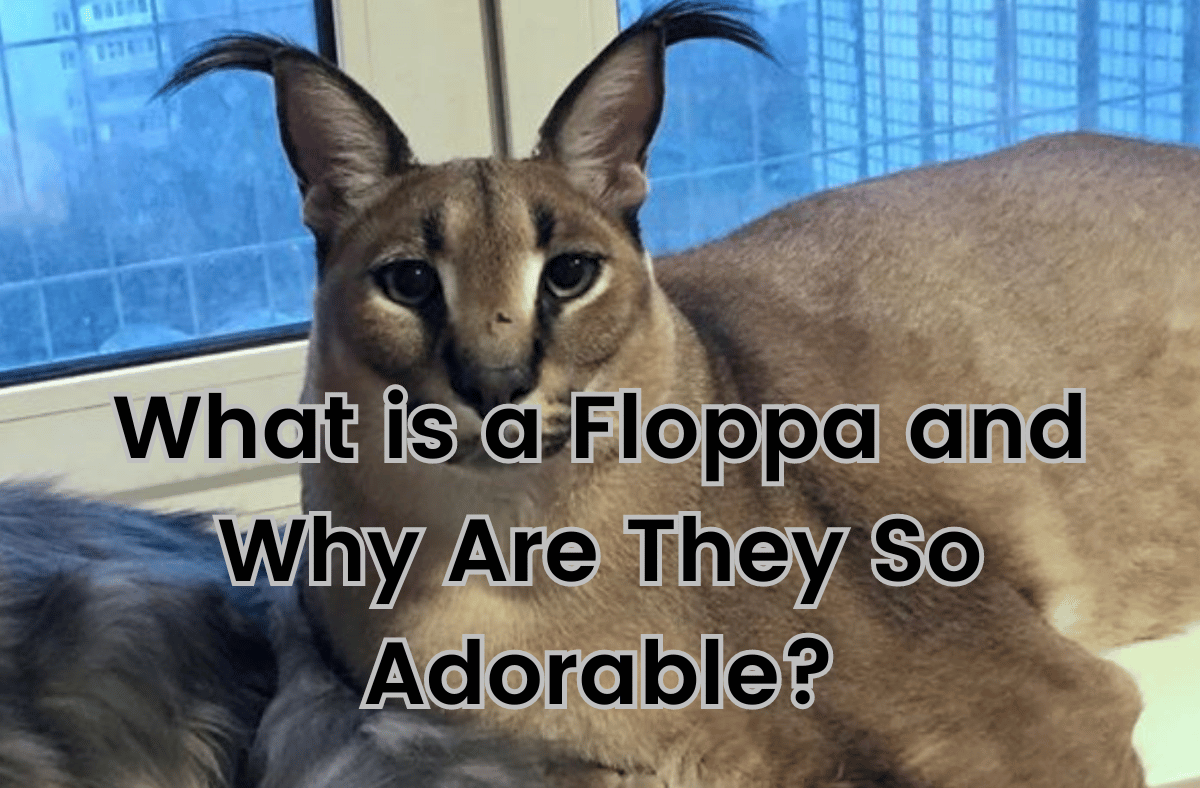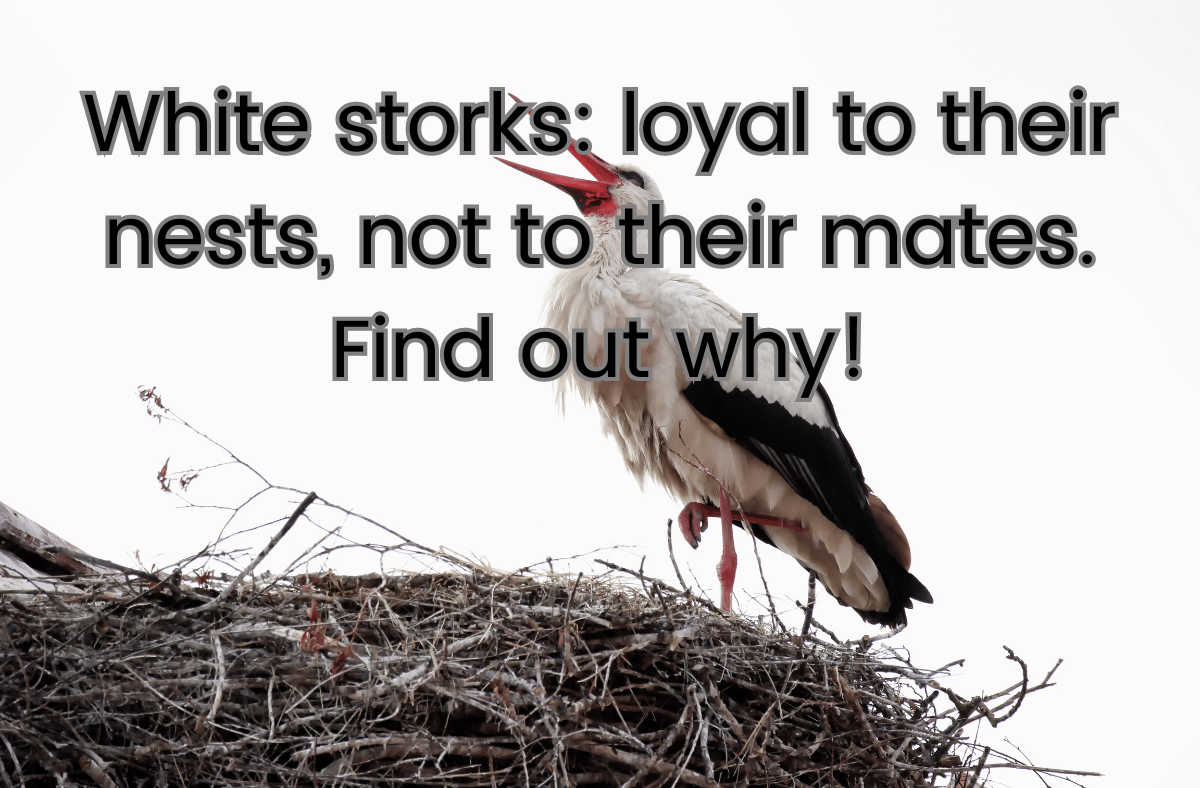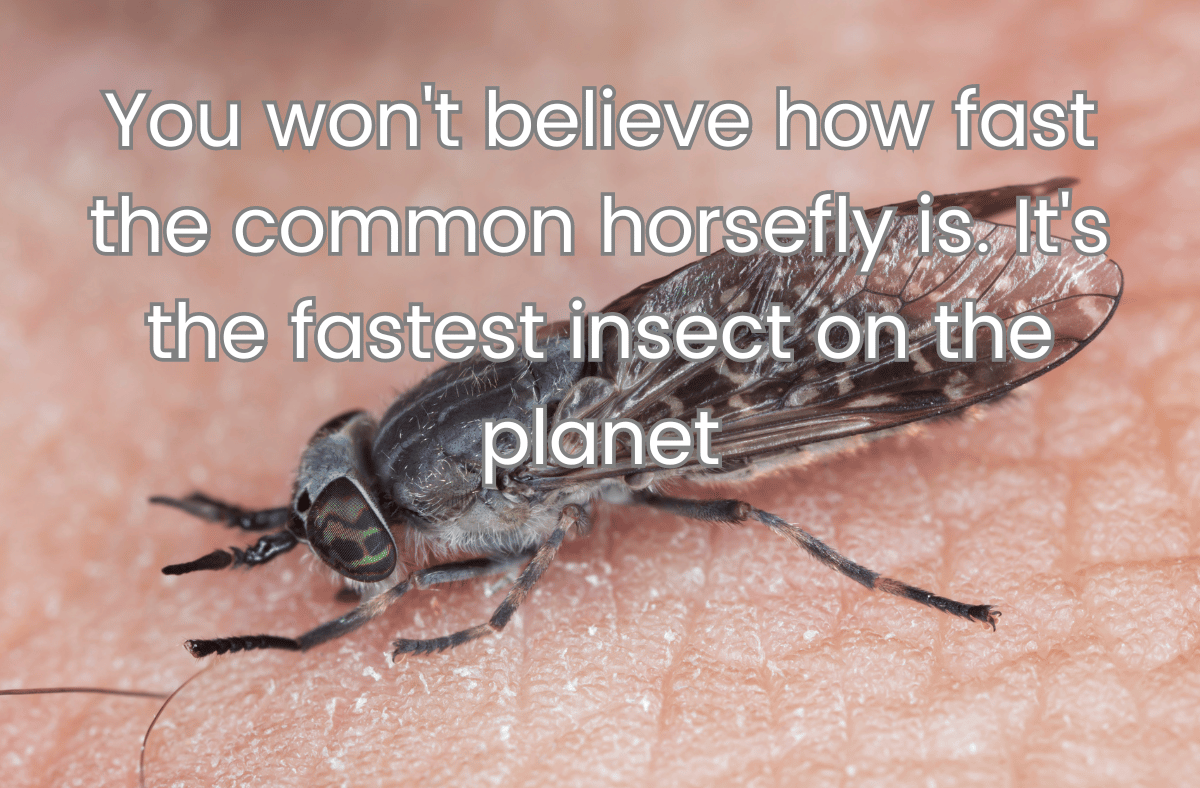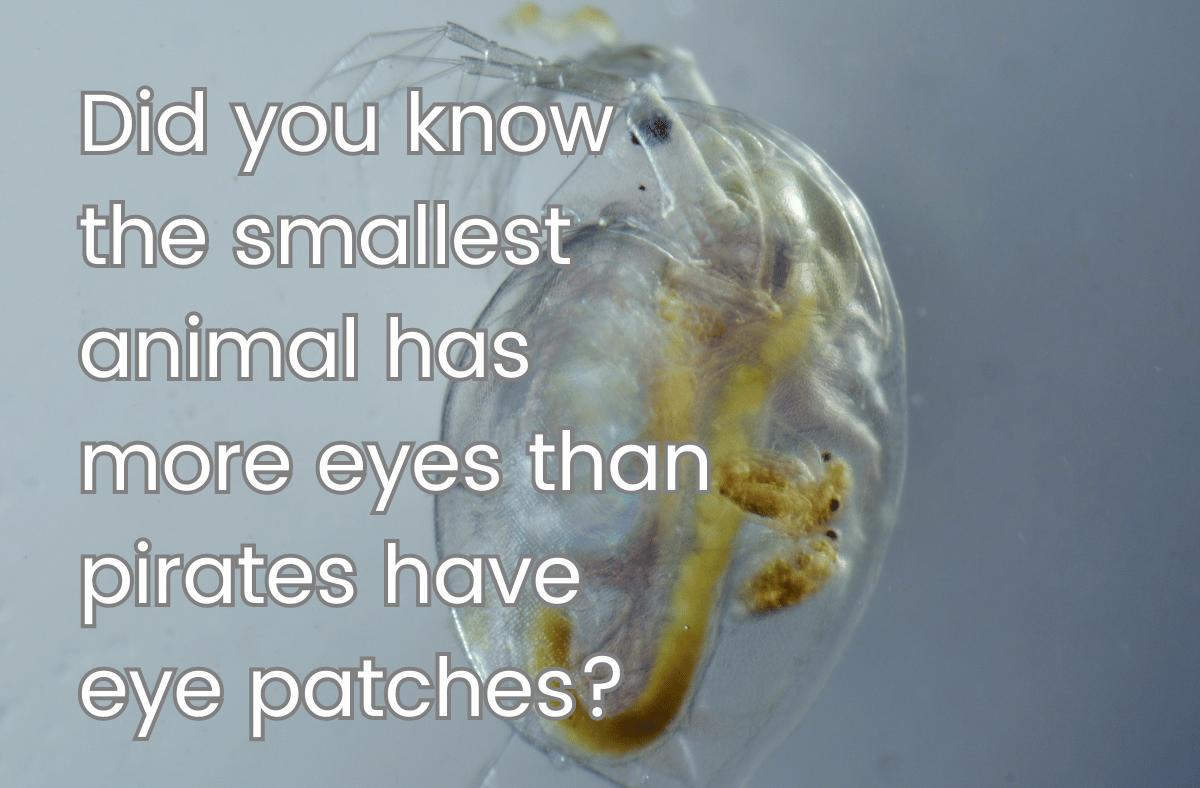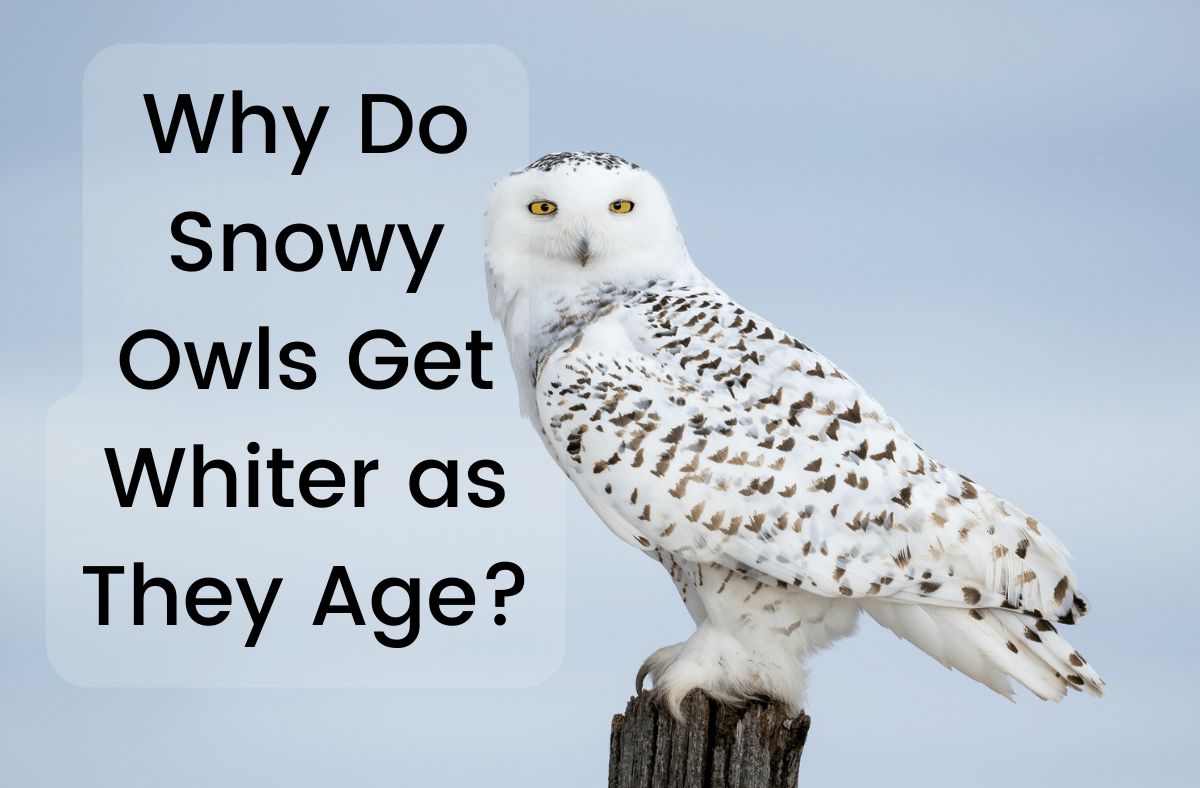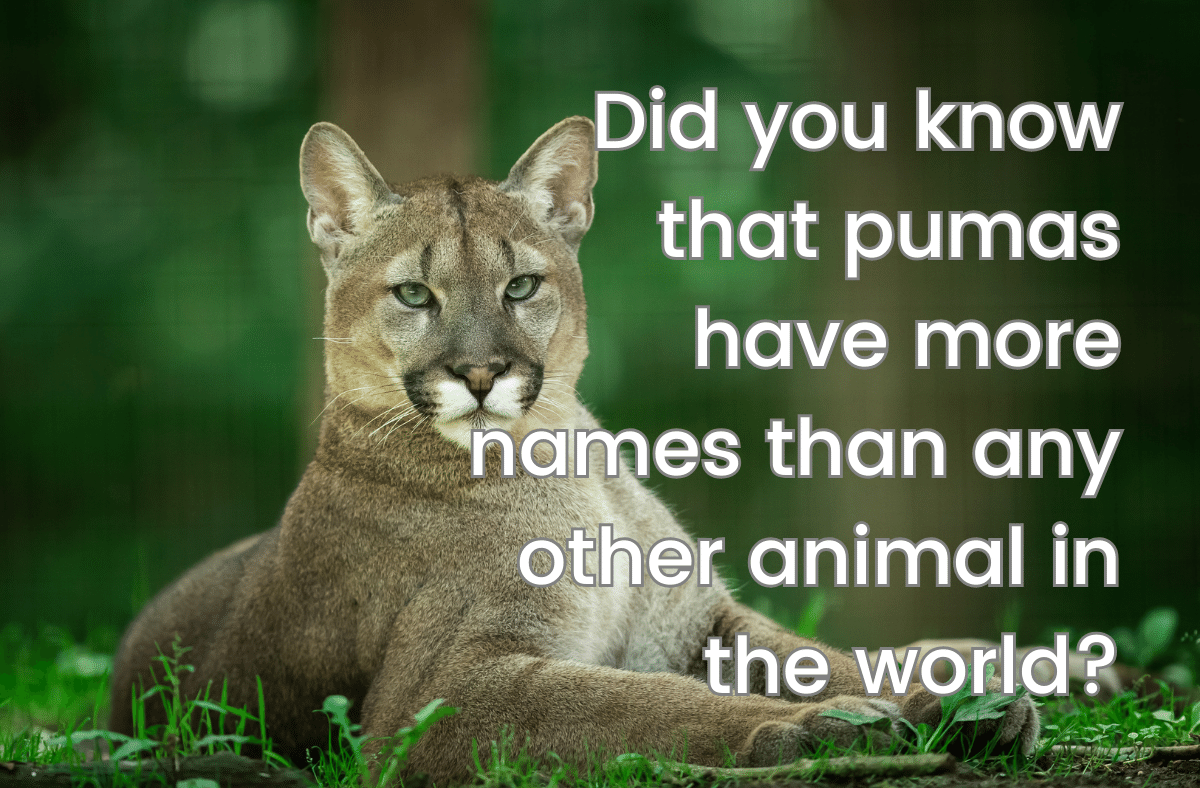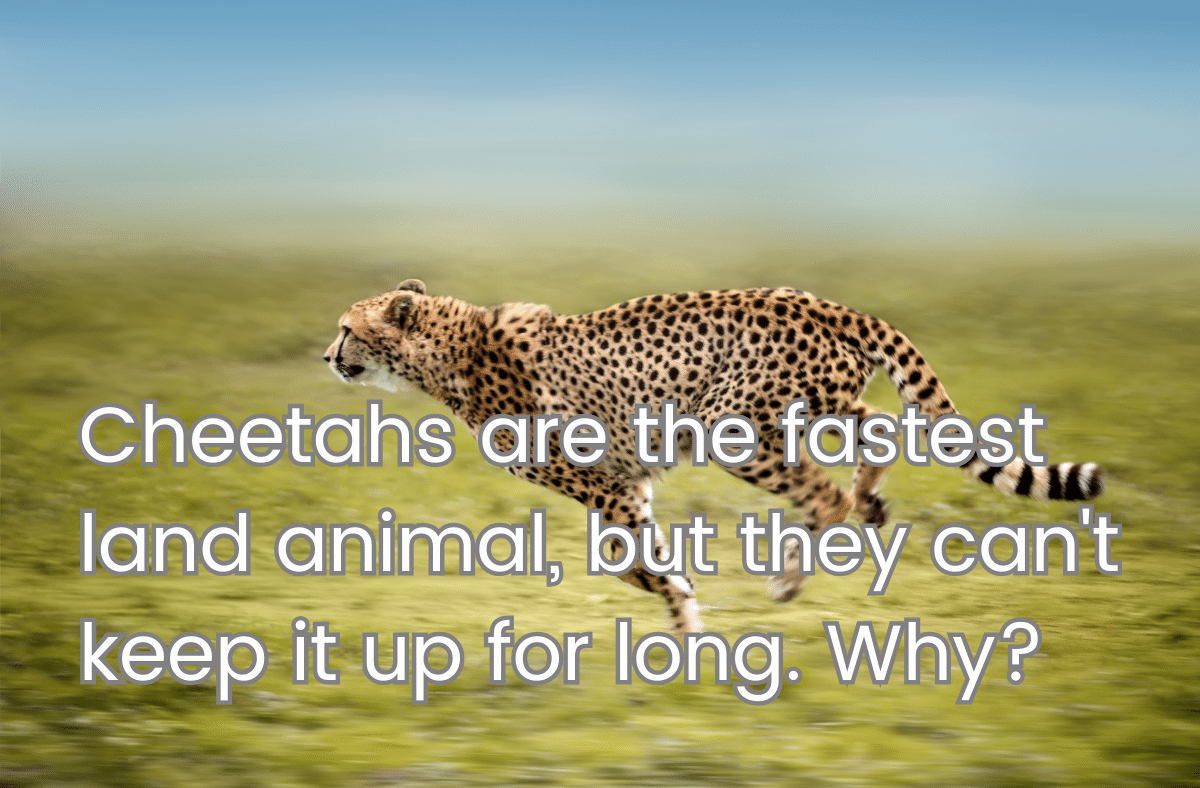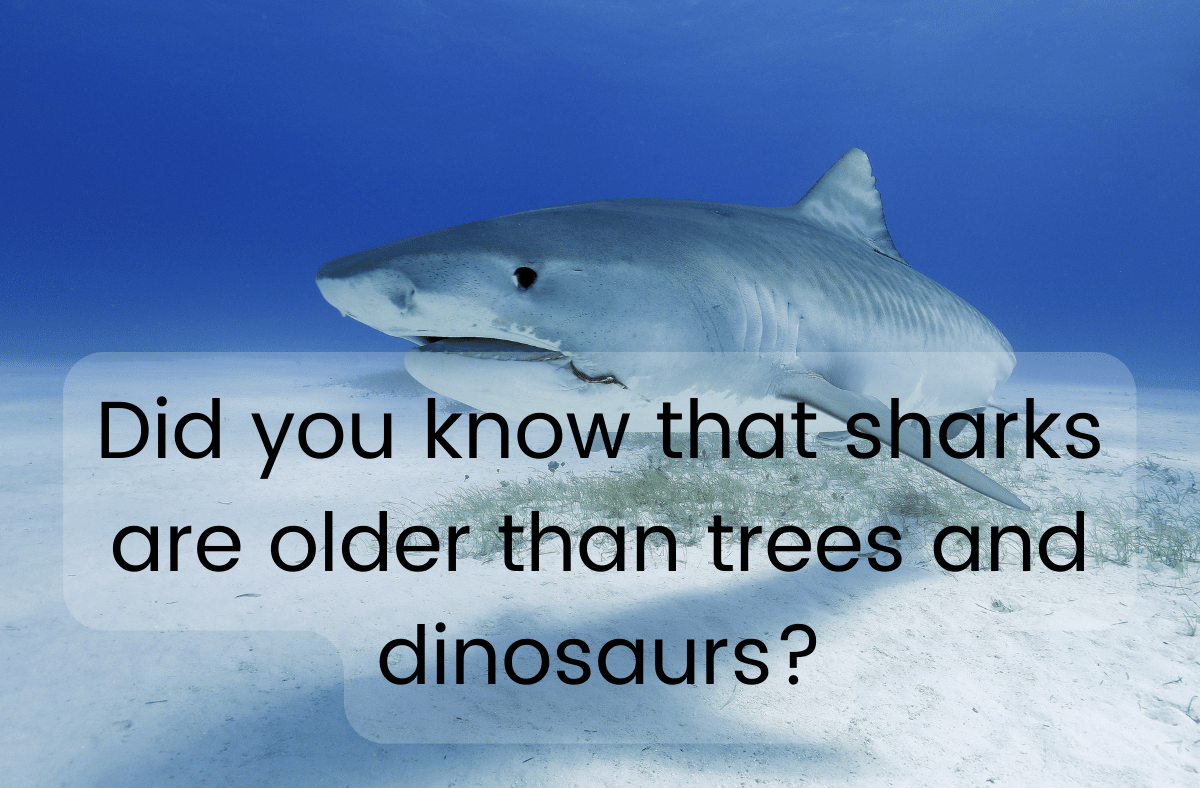Did you know that dogs have three eyelids? Yes, you read that right. Three. Eyelids. This might sound weird, but it’s actually a very cool feature that helps them keep their eyes healthy and happy. Let’s find out more about this amazing fact in this blog post.
For those in a hurry
- Dogs have three eyelids: an upper one, a lower one, and a third one called the nictitating membrane.
- The nictitating membrane is a thin layer of tissue that covers the corner of the eye and can move across the eyeball.
- The nictitating membrane protects the eye from dust, dirt, and debris, and also helps keep it moist and lubricated.
- The nictitating membrane is usually invisible, but you might see it when your dog is sleepy, sick, or injured.
- The nictitating membrane can also indicate some health problems, such as cherry eye, dry eye, or eye infection.
What are the three eyelids of dogs?
Most mammals have two eyelids: an upper one and a lower one. They blink to close and open these eyelids, which helps them clean and moisten their eyes. But dogs have an extra eyelid that humans don’t have: the nictitating membrane.
The nictitating membrane is also known as the third eyelid or the haw. It is a thin layer of tissue that covers the inner corner of the eye and can move across the eyeball. It is attached to a small cartilage that acts like a spring.
Why do dogs have a third eyelid?
The third eyelid of dogs has several functions that benefit their eye health. Here are some of them:
- It protects the eye from dust, dirt, and debris that might irritate or injure it. Think of it as a windshield wiper that sweeps away anything that might get in the way of your dog’s vision.
- It helps keep the eye moist and lubricated by producing tears and spreading them over the surface of the eye. This prevents dryness and discomfort for your dog.
- It contains a gland that produces up to 50% of the tears in dogs. This gland also produces antibodies that fight against infections and inflammation in the eye.
- It supports the shape and position of the eyeball by providing some extra cushioning and support.
When can you see the third eyelid of dogs?
The third eyelid of dogs is usually invisible because it stays hidden under the lower eyelid. But sometimes you might catch a glimpse of it when your dog is sleepy, sick, or injured. This is because:
- When your dog is sleepy, the muscles that control the eyelids relax and allow the third eyelid to slide over the eye. This is normal and harmless, and it does not mean that your dog is unhappy or bored.
- When your dog is sick or injured, the third eyelid might become more visible because of pain, inflammation, or weakness in the eye. This is a sign that your dog needs medical attention and should be checked by a vet as soon as possible.
- When your dog has an eye problem, such as cherry eye, dry eye, or eye infection, the third eyelid might become swollen, red, or protruding from the corner of the eye. This is also a sign that your dog needs medical attention and should be treated by a vet as soon as possible.
How to care for your dog’s third eyelid?
The third eyelid of dogs is a very important part of their eye health, so you should take good care of it. Here are some tips on how to do that:
- Keep your dog’s eyes clean by wiping them gently with a damp cloth or a cotton ball soaked in warm water. Avoid using any harsh chemicals or products that might irritate or damage the eyes.
- Check your dog’s eyes regularly for any signs of irritation, infection, or injury. Look for any discharge, redness, swelling, or cloudiness in the eyes. If you notice any of these symptoms, take your dog to the vet immediately.
- Protect your dog’s eyes from any potential hazards, such as sharp objects, plants, chemicals, or sunlight. Use an appropriate collar or harness to prevent your dog from scratching or rubbing its eyes. You can also use sunglasses or goggles to shield your dog’s eyes from bright light or wind.
- Follow your vet’s advice on how to treat any eye problems that your dog might have. Some conditions might require medication, surgery, or other interventions to restore your dog’s eye health.



